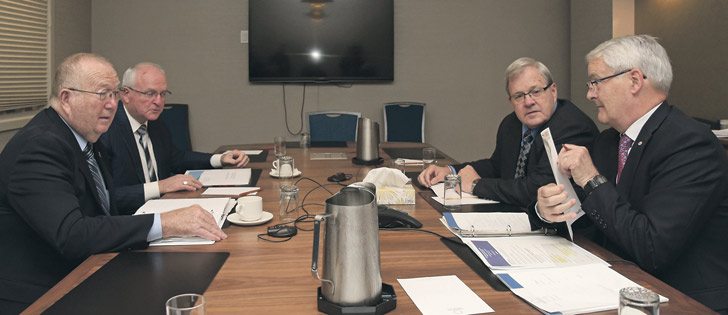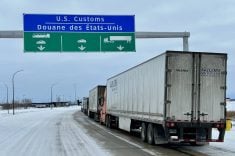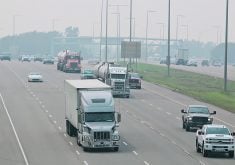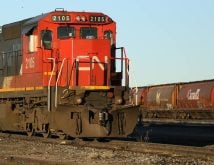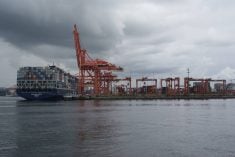Prairie farm groups delivered a unified message to federal transport minister Marc Garneau last week, telling him that maximum revenue entitlements (MREs) for railways must be retained in order to keep grain shipping costs in check.
“It’s hugely important,” said Lynn Jacobson, president of the Alberta Federation of Agriculture.
“We need to get it right.”
The AFA was one of 18 farm groups that met with Garneau and federal agriculture minister Lawrence MacAulay in Saskatoon Oct. 20.
The meeting was one of the last consultations in the Canada Transportation Act review process, which began more than two years ago.
Read Also
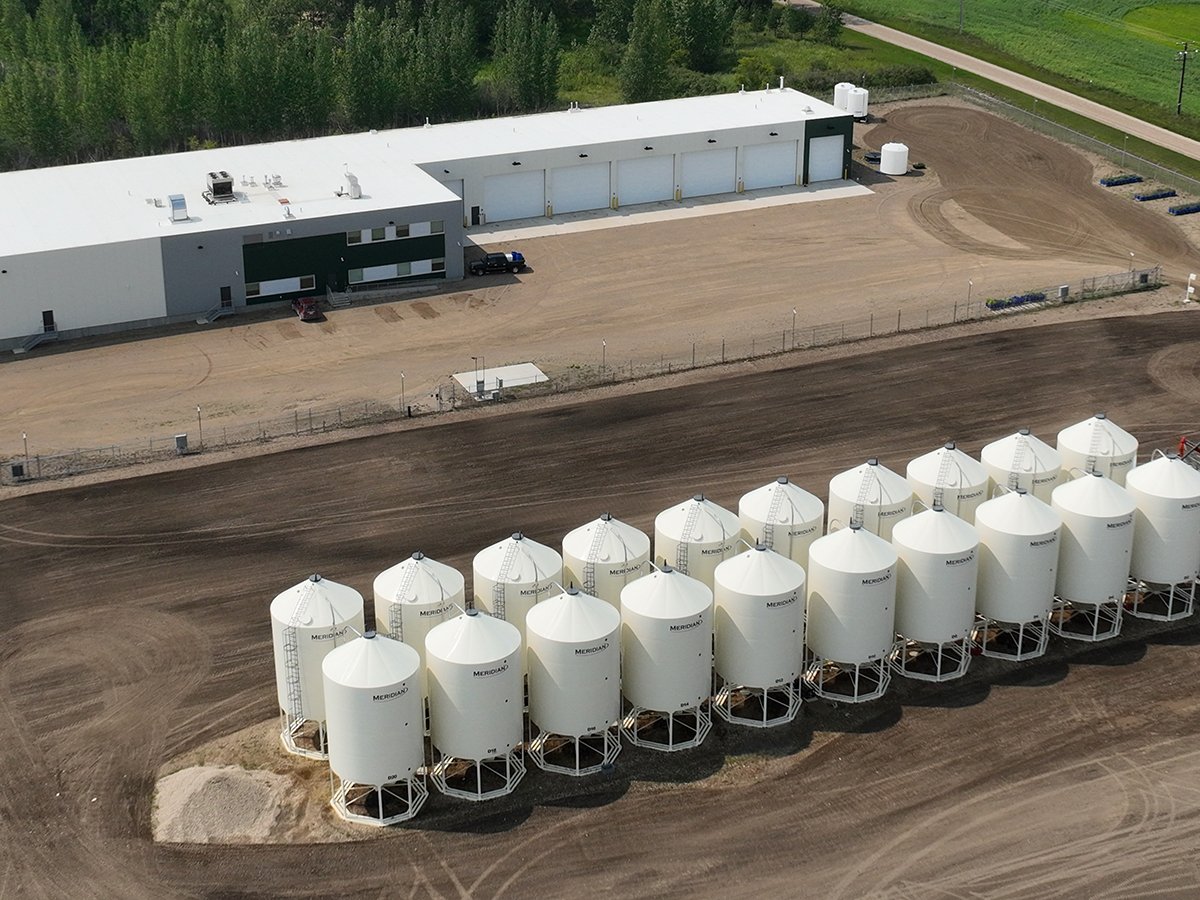
Saskatchewan firm aims to fix soil with compost pellets
In his business, Humaterra, Leon Pratchler is helping farmers maximize yields in the weakest areas of their fields through the use of a compost pellet.
In late 2015, it produced a 286-page report prepared by former cabinet minister David Emerson.
Emerson’s report dealt with all aspects of Canada’s transportation portfolio, including freight rail, passenger rail, air travel and marine transport.
It contained 60 recommendations, including 15 that dealt with freight by rail and four that dealt specifically with grain movement.
Among those recommendations was a proposal to modernize maximum revenue entitlements immediately and eliminate them within seven years in an effort to ensure a more “commercially grounded” railway transportation system.
The report also suggested that Ottawa take steps to expand protections for producer car shippers and that it review the methods used to calculate railway interswitching rates.
Agriculture leaders who attended the Oct. 20 meeting said eliminating MREs could have costly consequences for prairie farmers.
Farm leaders said MREs, also known as railway revenue caps, are the only regulatory measure that protects grain producers and shippers from a “monopolistic situation” that exists in Western Canada, where the vast majority of prairie grain delivery points are served by only one railway company.
“The MRE … the way our organization sees it, is the only check we have on monopolistic behaviour,” said Jacobson, who farms near Enchant, Alta.
“If there’s no MRE, then they (railways) get to charge whatever they want.”
Norm Hall, president of the Agricultural Producers Association of Saskatchewan, said recent studies and articles suggest that eliminating MREs could result in grain freight rate increases of 25 to 30 percent, which would be borne by bulk shippers and passed down to producers.
Hall said a freight rate increase of that magnitude would boost average Saskatchewan freight rates by roughly $10 a tonne and would add as much as $15 per acre or more to farm production costs.
He also called for a full railway costing review to show how much Canada’s Class 1 railway companies are currently spending to transport prairie grain to market.
Garneau declined to say when Ottawa would begin to make decisions on recommendations made in the Emerson report.
“We’re looking at those recommendations … so stand by and in the coming months, you’re going to start to hear (more),” he told reporters.
Garneau didn’t tip his hand when asked about balancing the commercial interests of farmers against the commercial interests of railway companies.
“One has to look at the whole picture when you’re looking at something like maximum revenue entitlements, and that’s what we’re going to do,” he said.
“We’ve heard arguments in relation to maximum revenue entitlements, and we have to weigh all of that in the balance and take the best course of action.
“The solution that we are looking for is ones that moves grain but also moves potash and coal and oil and lumber and containers when there’s high demand.”


